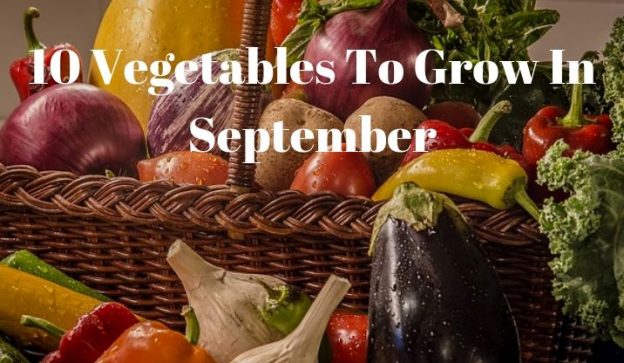Just because Summer is officially over, it doesn’t mean that’s the end of the growing season. There’s still time to sow and harvest a few crops and it’s a good time to start preparing for next season. So here’s 10 vegetables to grow in September.
10 Vegetables To Grow In September
The 1st of September officially marks the start of Autumn, a time when things start winding down. But not for us gardeners, it’s time for us to get in a few late crops for Winter harvest and to start on next Springs crops as well.
Radish

September is the ideal time to start a few radish seeds, they will benefit from the warm days and colder nights. Radishes take around 6 weeks from sowing to harvesting which means they will be gone before the first frost.
Turnips
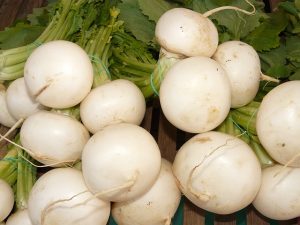
Like radishes, turnips take around 6 weeks to grow to an edible size. Pick them when they are about the size of a golf ball and don’t forget the leaves are edible too.
Broad Beans
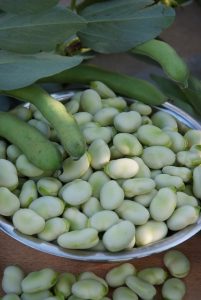
September is the perfect month to start off your broad beans to overwinter and get an early crop before black fly becomes a problem. Check the seed packets for which varieties to grow over winter, Try the Sutton or Aquadulce Claudia I have had success with both of these varieties.
It’s best to cover with a horticultural fleece in harsh frosts or snow to give some protection but they are fairly hardy. For more information on how to grow broad beans click the link.
Peas
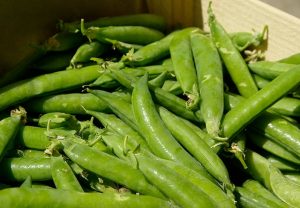
As with broad beans so with peas start them off in September for an early crop and beat the pea moth. There’s nothing worse than podding a pea and having a maggot looking out at you. Again it’s not all varieties that are suitable, try Feltham First or Early Onward. If severe weather is expected protect with a fleece.
Onions
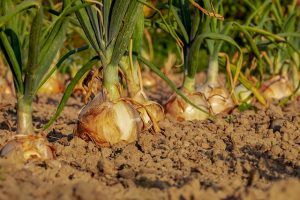
Onion sets should be planted in September to over Winter for an early Spring/Summer harvest. There is less chance of onions bolting if grown over the cooler months and so September is a great time to sow them. Also there are winter varieties of spring onions that can be sown in September check your seed catalogues for more details.
For more information on what to plant after onions click here.
Garlic
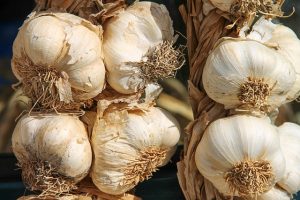
Traditionally planted on 31st of October, garlic will do fine if started in September. Growing over Winter garlic will be ready to harvest from mid May. It needs the cold weather to form cloves, otherwise it will develop like an onion.
For information on crop rotation after garlic click this link.
Shallots
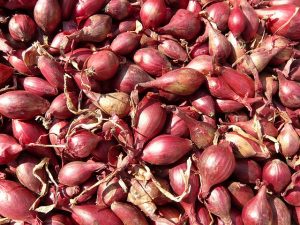
Another member of the allium family that will benefit from planting in September. Shallots will then be ready earlier next season freeing up the ground for something else.
Salad Greens
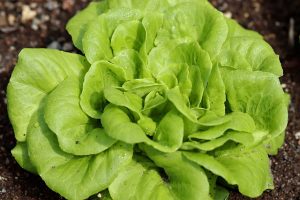
Lettuce like winter density or all year round, will do well sown in September and they will over winter with no problems. Just keep a watch for slugs and snails as they like lettuce probably more than we do. There are many other salad greens that can be grown in September, check your seed catalogues for more.
Spinach
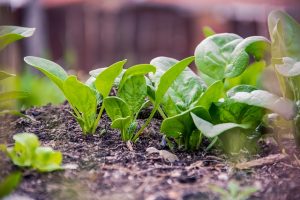
Sow spinach in September for an early Spring harvest, protect in harsh weather with horticultural fleecing and look out for slugs and snails.
Spring Cabbage
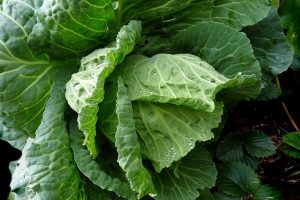
Spring cabbage sown in September will be ready to harvest in April providing a nice early crop to harvest. Slugs and snails are the main problem here and of course cabbage white butterflies. It’s best to net spring cabbage if possible and remove the netting when cabbage whites have gone.
Why remove the netting? Because if it’s left on it makes the perfect breeding ground for whitefly. By removing the netting you allow the birds access to the whiteflies and that should be enough of a deterrent.
Summary
Here’s a short video to summarise the information in this post.
Vegetables To Grow In Autumn
It is possible to start broad beans, peas, onions, garlic, and shallots in October but starting them in September gives them a head start. It’s also worth sowing some radish in October if it’s forecast to be a mild Autumn/Winter but you can’t rely on the weather. Specially here in the UK.

